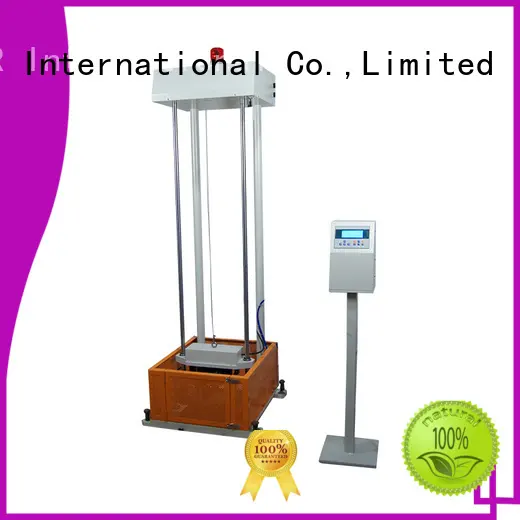Gester Instruments | Professional Textile, Footwear and PPE Testing Equipments Manufacturers Since 1997


footwear testing machine for shoes GESTER
Model:
GT-KB17
MOQ:
1 Piece
Place of Origin:
Quanzhou,China(Mainland)
Brand:
Gester
Product Comparison
GESTER has great production capability and excellent technology. We also have comprehensive production and quality inspection equipment. footwear testing equipments has fine workmanship, high quality, reasonable price, good appearance, and great practicality.Supported by advanced technology, GESTER has a great breakthrough in the comprehensive competitiveness of footwear testing equipments, as shown in the following aspects.
Application Scope
The textile testing equipment produced by GESTER is of high quality and is widely used in the Manufacturing Measurement & Analysis Instruments Testing Equipment industry.GESTER always adheres to the service concept to meet customers' needs. We are committed to providing customers with one-stop solutions that are timely, efficient and economical.
1. Design of footwear testing machine have helped footwear testing equipments win the market.
2. The battery is highly efficient. It has up to 90% of electricity supplying efficiency to devices with lower discharge loss.
3. Thanks to its easy operation and maintenance during its service life, this product can greatly help reduce operation costs.
Company Features
1. GESTER International Co.,Limited currently has been growing into a highly acknowledged footwear testing equipments manufacturer.
2. Our company has skilled workers. With varying levels of training or education, they all have special skills, training, knowledge, and the acquired ability in their work.
3. Our vision is to be a trusted partner, delivering reliable product solutions that create value for clients by sustainably and passionately leveraging technology and operating experience. Get more info! We understand that giving back is what drives us to success. We encourage employees to donate time, energy, or money to their communities, such as cleaning up parks or volunteering at homeless shelters. Get more info!
{{scoreAvg}}
{{item.score}} Stars
{{item.pre}}%
{{item.nickname ? (item.nickname.slice(0, 2) + '*****') : item.source === 1 ? 'mall buyer' : '--'}}
{{item.comment_time}}
Review in the {{item.country}}
{{itemAttr.params_key}}: {{itemAttr.params_value}}
Contact us
we welcome custom designs and ideas and is able to cater to the specific requirements. for more information, please visit the website or contact us directly with questions or inquiries.
you might like
no data
Quick links
Contact us
Mobile/Whatapp/ Wechat:
+ 86 018059983973
Address: Block 402,4th floor, f buliding, shengfulan business Center, no.577 jitai road, economic and Technological development zone quanzhou of fujian.China.
Friendly Links: Physial Testing Instruments And Equipments
Contact us
Leave your inquiry, we will provide you with quality products and services!
Customer service
